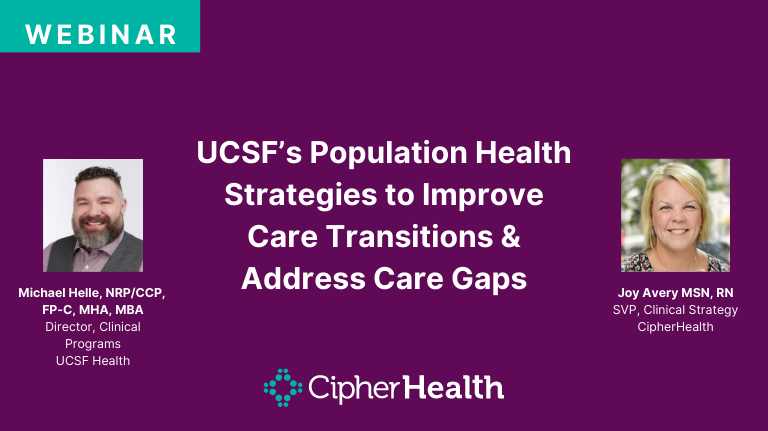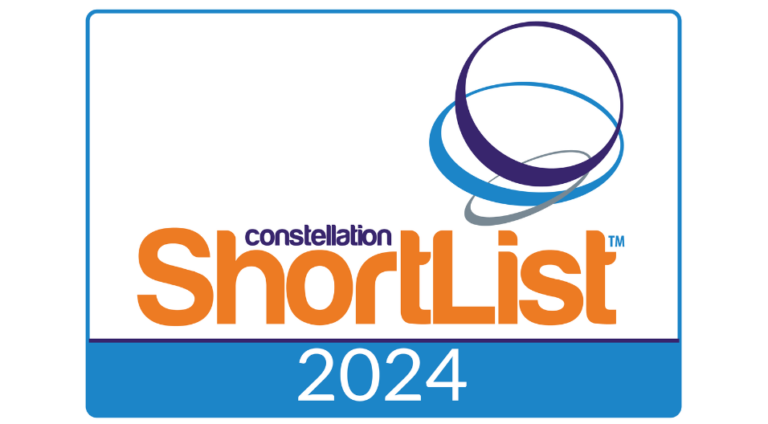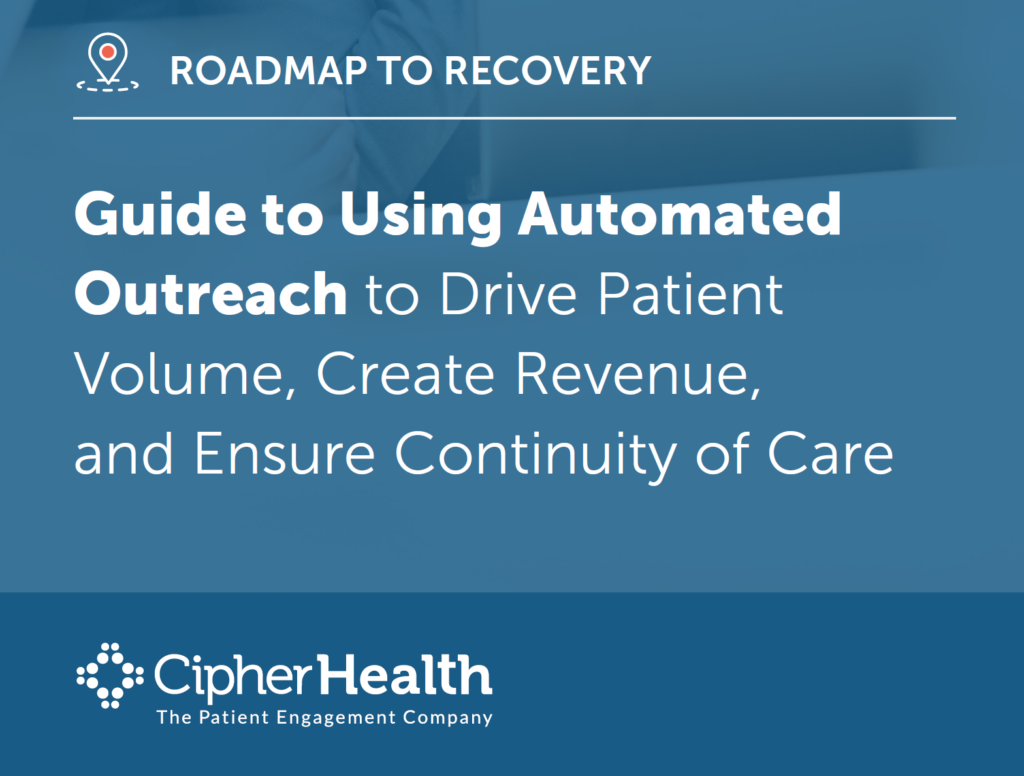Below is an excerpt from our recently published guide, “Roadmap to Recovery: Guide to Using Automated Outreach to Drive Patient Volume, Create Revenue, and Ensure Continuity of Care.” Click here to download the full guide.
As new surges in COVID-19 continue to grip the country, hospitals are once again ramping up operations to care for these patients. At the same time, they are recognizing that office visits, outpatient tests, and elective procedures, which had been cancelled or deferred during peak stages of the pandemic, can no longer be put off.
Lisa Lacasse, president of the American Cancer Society Cancer Action Network, believes that “the health effects of this pandemic stretch well beyond those diagnosed and suffering from COVID-19 and that cancer patients are dealing with…unsustainable delays in their care. This data shows the need for quick action in bolstering our healthcare system so we can both care for those diagnosed with the virus and for those facing a cancer diagnosis.”1
In addition to the health crisis stemming from non-emergent visits being delayed, there is also a financial crisis nearly every provider is facing, since elective procedures account for more than half of hospital revenues.2
Overall, hospitals and health systems are estimated to lose $323.1 billion this year because of revenue losses resulting from cancelled services, including non-elective surgeries and outpatient treatment, as well as reduced emergency department services.3 Further, hundreds of hospitals have been forced to close or reduce their workforce as a result of these revenue losses, and the worst could be yet to come in terms of the financial devastation.4 To recover this lost volume, the average hospital needs to run at 110% of their pre-COVID-19 capacity for six months.5
Ultimately, adapting to the rapidly changing healthcare delivery system and understanding patient needs during this trying time can mean the difference between organizations that will continue serving their communities for decades to come and those that will be forced to close.
As the loss in patient volume is creating outsized effects on both health outcomes and financial sustainability for providers, it becomes essential to identify strategies to ensure patients schedule and complete delayed visits, testing, procedures, and surgeries, and that they feel comfortable returning for emergent visits. At the same time, hospitals must rely on the knowledge gained in treating COVID-19 patients during the early months of the pandemic in order to simultaneously provide quality care to both cohorts.
In this guide, we will discuss four ways of using patient outreach to help engage more patients and bring back revenue as your facilities reopen for non-emergent care:
- Increase Patient Awareness and Education
- Reschedule Deferred Appointments and Close Care Gaps
- Effectively Manage Chronic Conditions
- Maximize Your Telehealth Reimbursement
To continue reading, click here to download the guide.









